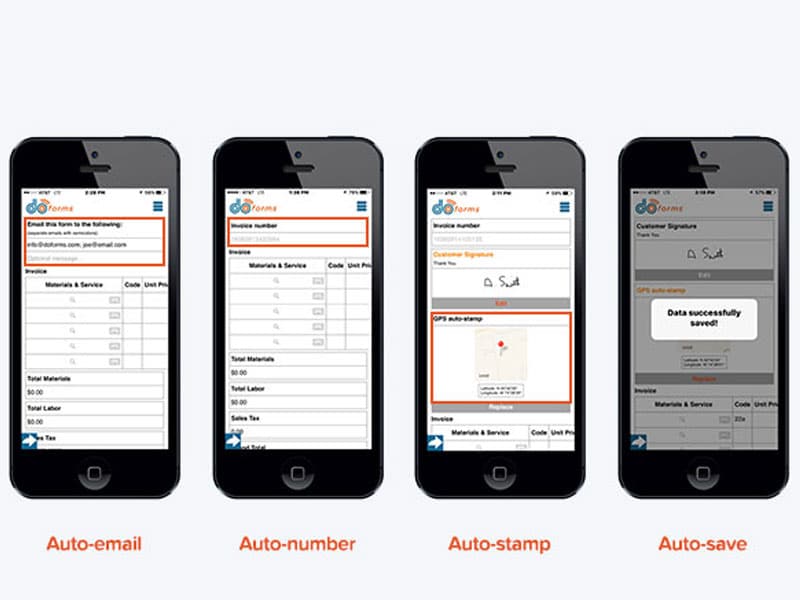Measuring Fleet Productivity & Idle Waste
Measuring fleet productivity and controlling idle waste are two easy ways to save money in difficult times.
Contributed by Sherri Mills
In this blog, we discuss two top cost-control strategies using Geotab GO device data to help boost productivity and vehicle uptime. In the business we often refer to this as the “low hanging fruit”.
What is fleet productivity?
Tracking fleet productivity is a top concern for many businesses, especially when labor is one of their most significant costs. Improving productivity will help you provide optimal service to your customers, which is important now more than ever. Telematics technology gives fleet managers accurate and detailed visibility over their vehicles, helping businesses allocate assets where they are needed most.
Maintaining 100% visibility over vehicle utilization and work assignments helps make sure that Hours Paid = Hours Worked as much as possible. Gaining just one hour of driver productivity per day, or even per week, adds up quickly.
Keeping Score
Fleet productivity is the basic measure of employee work output. Creating a productivity score provides a way to objectively measure performance so you can identify successes and pinpoint where improvement is needed.
Keep in mind, it is not ideal to expect 100% productivity, especially when employees lack control over their own output, for example when they are dependent upon customer availability, or when they are impacted by adverse weather and traffic.
Productivity score formula
(Total Hours Worked) / (Shift Hours less Lunch, Breaks or Meetings, Downtime like traffic) = Productivity Score
For example:
(Drive time = 5 hours + Office time = 1 hour) / (8 hour shift – 1 hour lunch and breaks)
(5+1) / (8-1) = 86% Productivity score
You can adjust this formula as needed depending on the structure of your business.
Managing Idling
If you’re looking at ways to improve productivity, idling is another area to look at. While not all idling is avoidable, for example in heavy traffic, there are many instances where it can and should be minimized.
Excessive idling not only wastes fuel, but also time idling vehicles are not making deliveries or driving to their next work location. Idling can also put extra load and engine hours on your fleet, increasing the number of oil changes and other maintenance tasks required.
While the GO device automatically monitors idling within each trip (no setup required), customizable reports and rules make tracking idling easy.
Here are the most effective reports for identifying and curbing idling:
1. Highest Idling Duration
See the percentages of engine time spent idling versus driving, per driver, per day. The results of this report can be used to determine which drivers need further training.
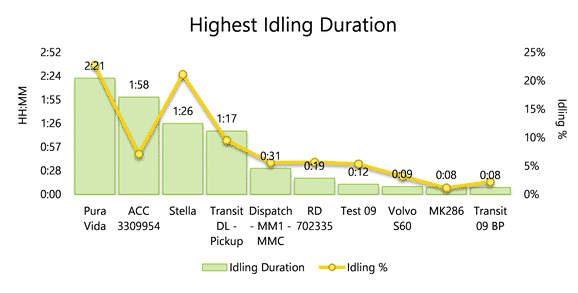
2. Daily Idling Cost Trend
The Daily Idling Cost Trend report provides a rolling, seven-day view of your fleet’s total cost of idling, which can be refreshed daily. You can use this report to spot trends during certain days of the week, which may correlate to specific work assignments or job sites, allowing you to make adjustments for the following week.

3. Last 3 Months Idling Trends Report
This report displays the total fuel spent while idling across the entire fleet. You can use this report to assess whether or not your efforts to reduce idling have been successful. Trend reporting tools can also be used in areas like asset utilization.
You can download the Last 3 Months Idling Trend from the Geotab Marketplace. View report.

4. Idle Cost (previous 30 days)
The Idle Cost report provides a 30-day rolling view of the fleet’s total cost of Idling. While managing productivity is key, seeing the whole cost of idling over 30 days is impactful as well.

Conclusion
Telematics systems can be used to measure and understand the productivity of fleets. With Fleetistics and the Geotab telematics platform, you and your customers are assured exceptional data producing real ROI results.
We look forward to partnering with you and demonstrating real success for your customers’ fleets in 2020. The best is yet to come.

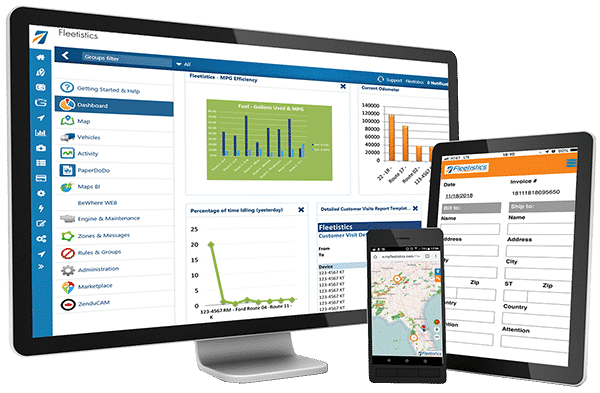
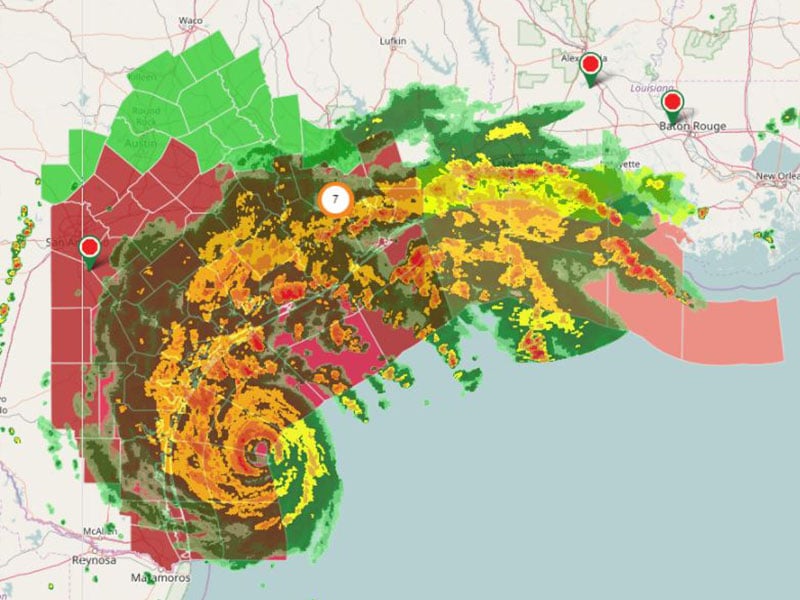

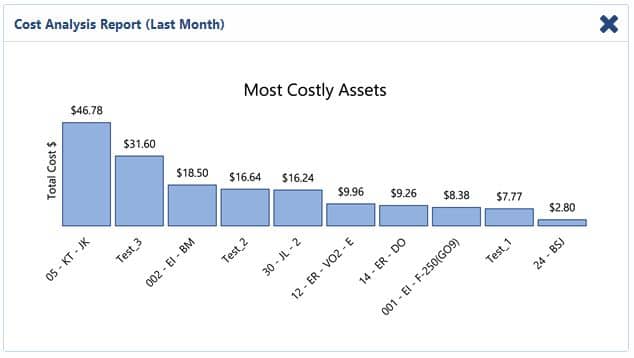


 This is a bit riskier than delivering things as you are in contact with many different people throughout the work day. A little more precaution may be in order both for your safety and the safety of your passengers. Keep your distance by only allowing passengers in the back seat. Be prepared to disinfect between passengers, they won’t mind waiting. Consider fashioning a barrier between the front and back seats. Get creative!
This is a bit riskier than delivering things as you are in contact with many different people throughout the work day. A little more precaution may be in order both for your safety and the safety of your passengers. Keep your distance by only allowing passengers in the back seat. Be prepared to disinfect between passengers, they won’t mind waiting. Consider fashioning a barrier between the front and back seats. Get creative!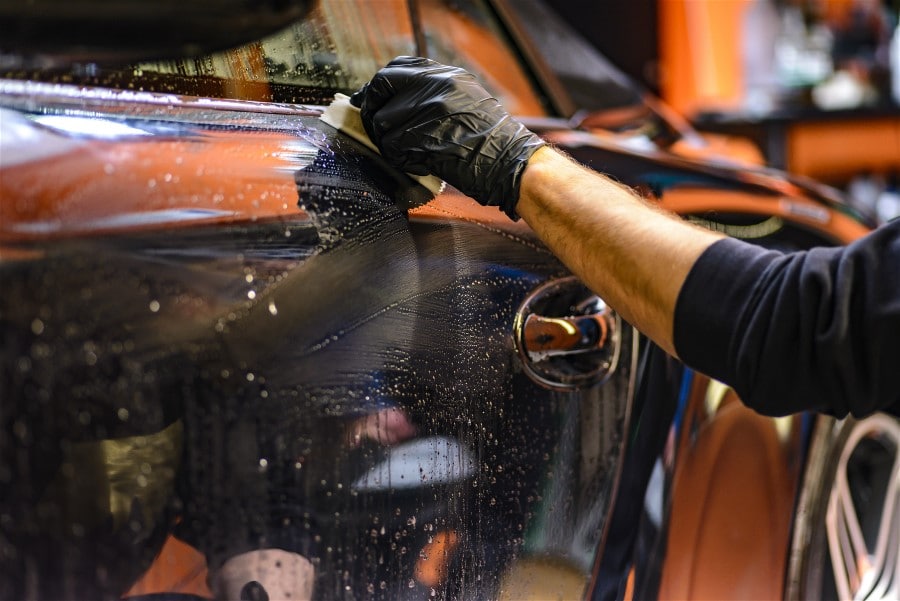
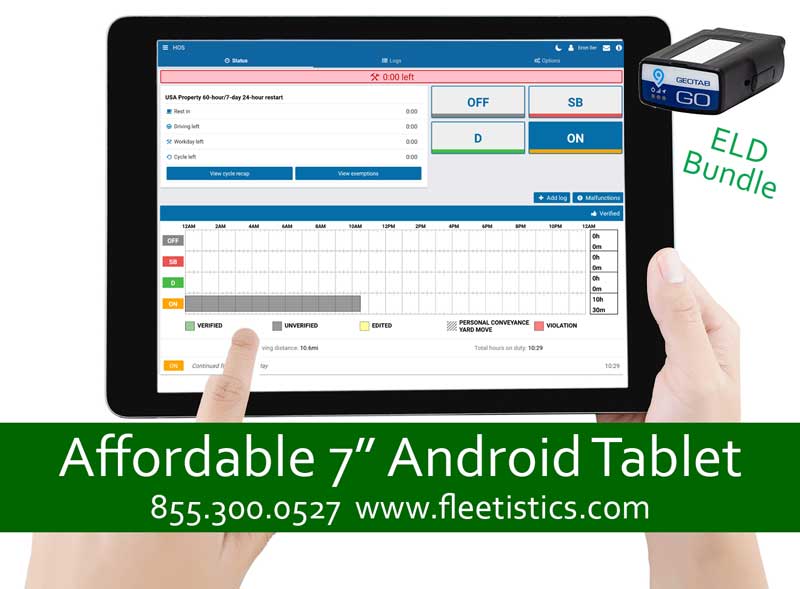
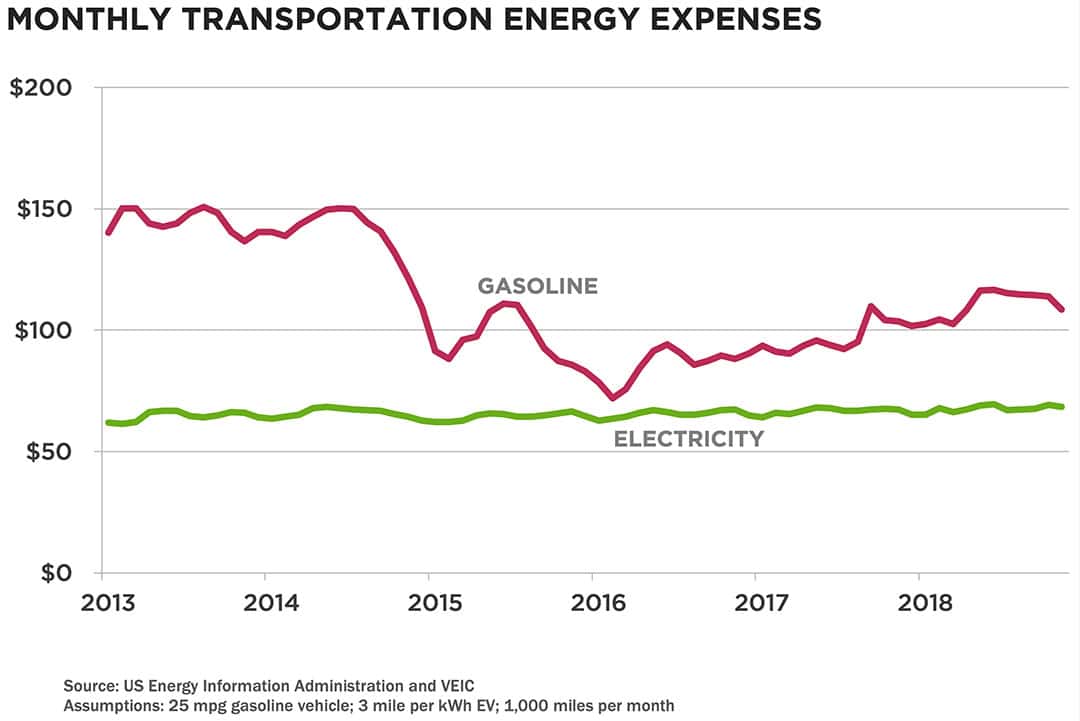
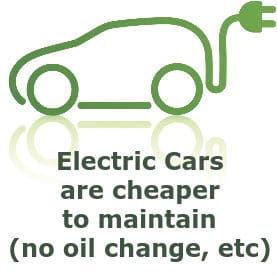
 The overall assessment based on rolling cost per mile, taking into account the cost of ownership, EVs are shown to be less expensive than ICE vehicles. However, EVs are not for everyone, both in the private and commercial space. Analysis can be done based on driving behavior, rolling cost per mile, location etc. to determine whether an EV could be a right fit. Contact us today for your personalized EV fleet analysis.
The overall assessment based on rolling cost per mile, taking into account the cost of ownership, EVs are shown to be less expensive than ICE vehicles. However, EVs are not for everyone, both in the private and commercial space. Analysis can be done based on driving behavior, rolling cost per mile, location etc. to determine whether an EV could be a right fit. Contact us today for your personalized EV fleet analysis.
